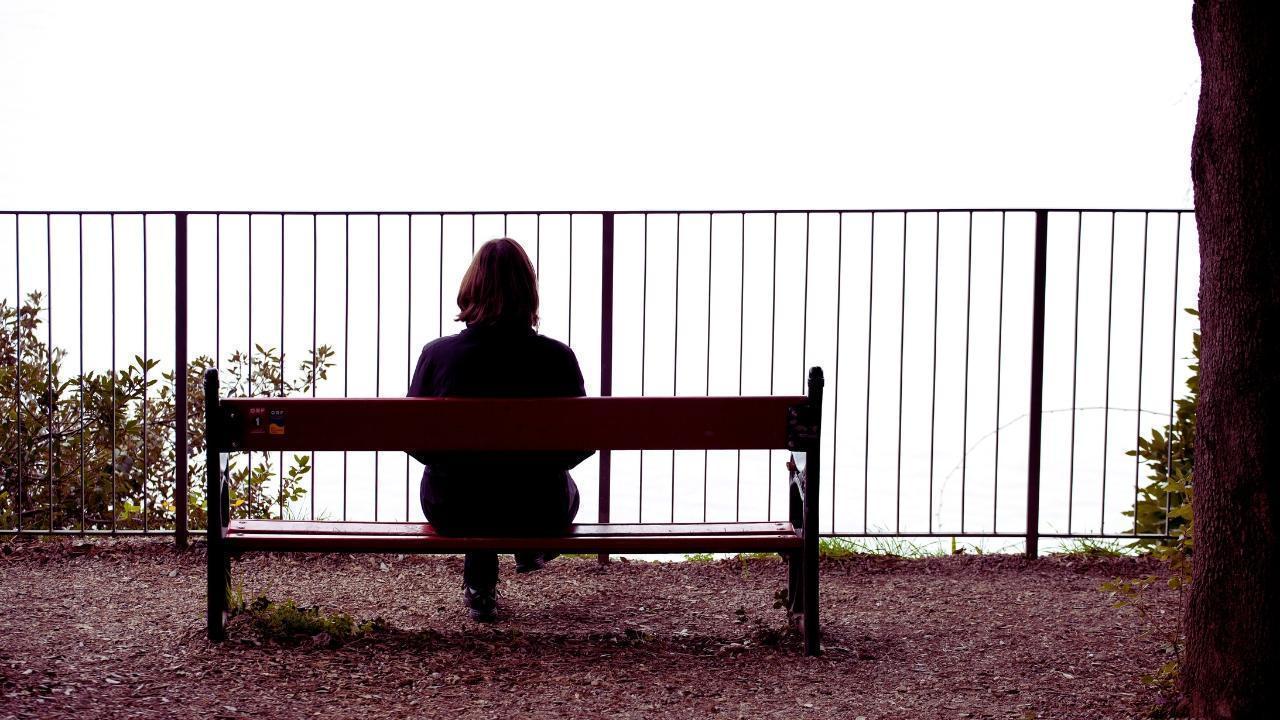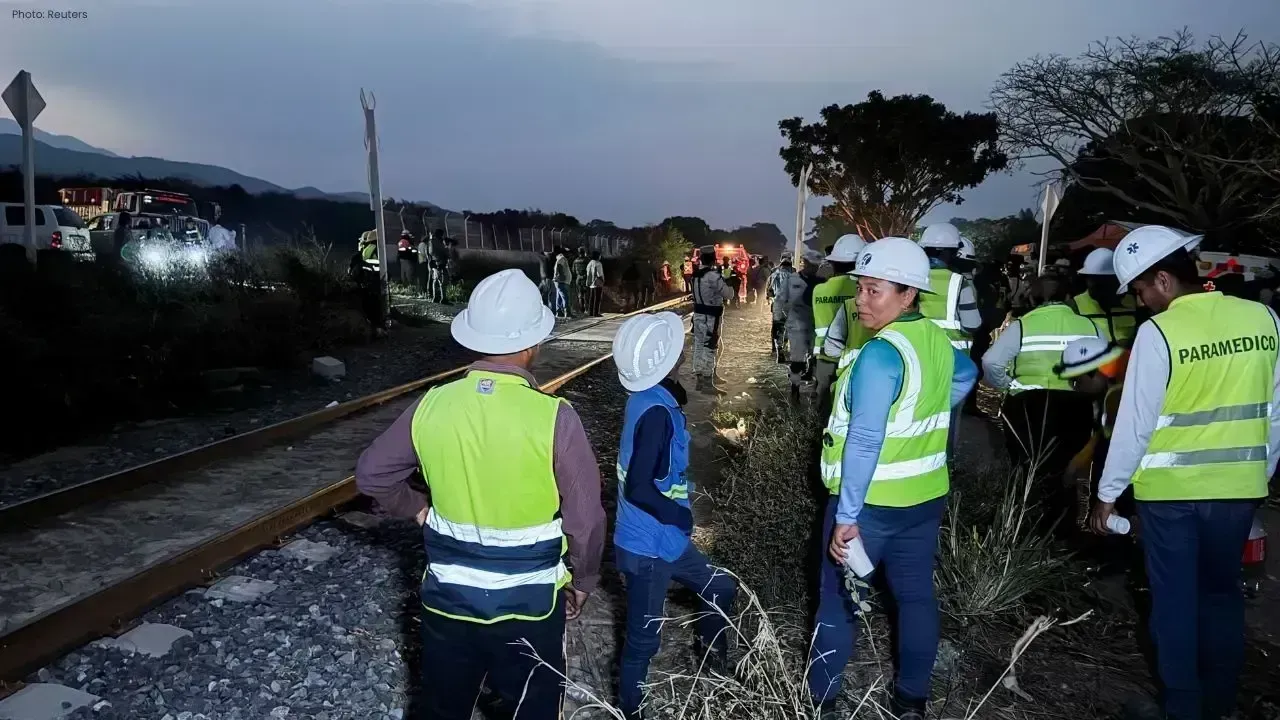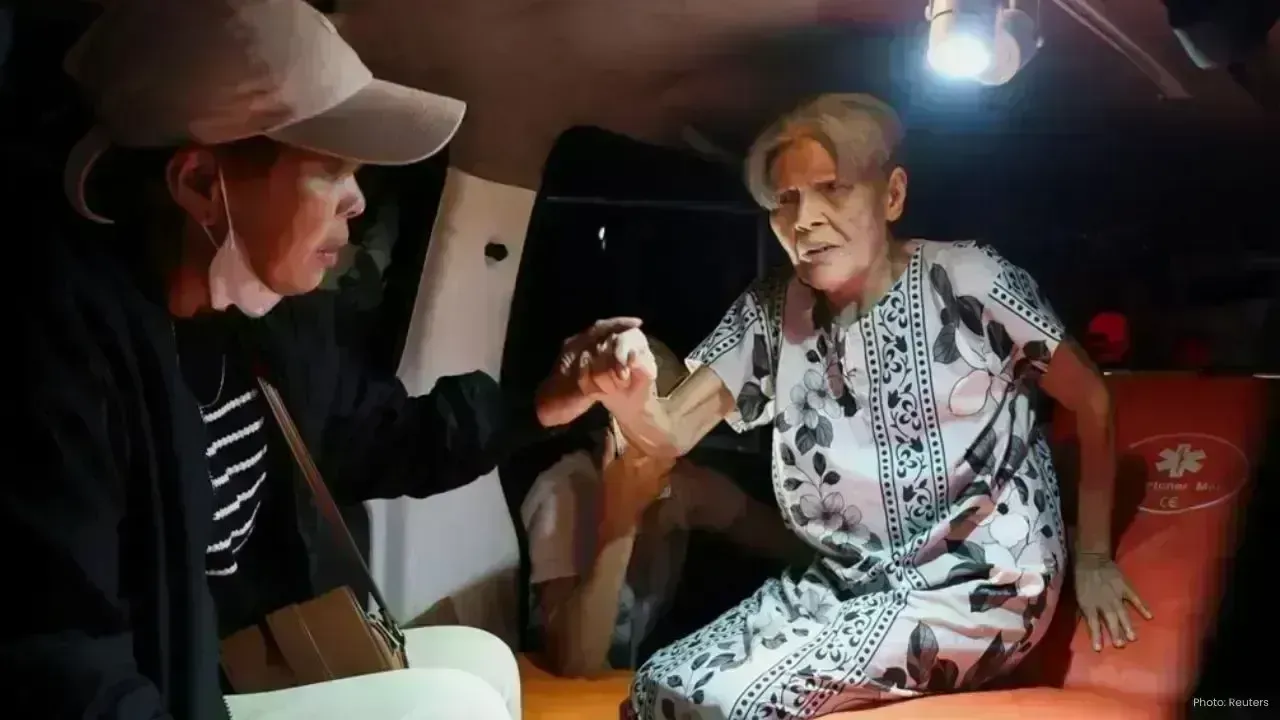You have not yet added any article to your bookmarks!

Join 10k+ people to get notified about new posts, news and tips.
Do not worry we don't spam!

Post by : Anis Farhan
For years, loneliness has been written off as a natural part of growing older, a fleeting emotional state, or something that only affects the socially withdrawn. But the truth is far more unsettling. Across continents, age groups, and socioeconomic classes, loneliness has silently woven itself into the very fabric of modern life. It's no longer confined to empty rooms or quiet nights — it’s present in bustling cities, crowded workplaces, and even in the midst of digital hyper-connectivity.
A growing body of research has started to reveal what healthcare professionals are calling a “silent epidemic.” In fact, several countries including the UK and Japan have gone as far as appointing a Minister of Loneliness. What was once seen as a personal struggle is now being recognised as a public health emergency — one with deadly consequences.
Loneliness does more than just make people feel sad. It actually shortens lives. Chronic loneliness has been linked to increased risks of heart disease, stroke, high blood pressure, anxiety, depression, cognitive decline, and even premature death. According to health data from around the world, being socially isolated can be as damaging to health as smoking 15 cigarettes a day.
This is because the stress of prolonged loneliness triggers chronic inflammation in the body, weakens the immune system, and alters brain function. People who lack meaningful connections often experience disrupted sleep, poor nutrition, and lowered motivation to take care of themselves — a cascading effect that worsens over time.
The World Health Organization and national health services are now acknowledging loneliness as a significant social determinant of health, alongside factors like poverty, education, and housing. But recognition has yet to turn into meaningful action in most parts of the world.
One of the greatest paradoxes of our time is how connected we are — and yet, how alone we feel. Social media was supposed to bring people closer, yet it often creates shallow interactions that mask a deeper sense of isolation. Scrolling through filtered lives, curated reels, and constant updates, many people feel lonelier than ever.
Online interactions lack the intimacy and empathy of real-life communication. Emojis can’t replace a warm hug. Texts don’t carry tone or nuance. And in a digital space where everything moves fast, there’s little room for vulnerable conversations or emotional depth.
Moreover, the addictive design of platforms promotes constant comparison and validation-seeking rather than genuine community. Loneliness, in turn, grows quietly — unnoticed and unspoken, hidden beneath smiling selfies and status updates.
Cities were once places of vibrant interaction and shared culture, but modern urban life has shifted drastically. Today, city dwellers live in closer proximity but with fewer actual social ties. Long working hours, transient lifestyles, rising housing costs, and individualistic cultures have eroded traditional forms of community.
The old rhythms — greeting neighbors, attending local events, sharing meals — are becoming rare. In their place are anonymous apartment buildings, food delivery apps, and work-from-home routines that leave little room for human interaction.
As cities grow taller, our social circles shrink. People are lonelier not because they are physically alone, but because they feel emotionally cut off — a condition that no amount of high-speed internet or ride-hailing convenience can fix.
Contrary to popular belief, loneliness is not just a problem of the elderly. In fact, studies now show that young adults are among the most lonely demographic globally. This is a surprising and worrying trend.
Younger generations, particularly Gen Z, report high levels of social anxiety, disconnection, and lack of meaningful friendships. Many live in online worlds where connection is performative, interactions are short-lived, and the fear of missing out (FOMO) is constant.
The pressure to maintain perfect digital personas leads to emotional fatigue and a sense of not being “known” or “seen” for who they truly are. In universities, workplaces, and even families, young people often struggle to form deep bonds — even as they stay constantly plugged in.
For older adults, loneliness has always been a known companion — but the scale today is alarming. As families grow apart, seniors are increasingly left alone in their homes or care facilities with minimal interaction. Retirement, bereavement, and health limitations compound the feeling of abandonment.
In many societies, traditional family structures that once ensured multigenerational living have faded. Seniors are often seen as burdens or are placed in isolated care environments where staff shortages and lack of community further deepen loneliness.
The impact? A significant rise in depression, dementia, and even suicidal ideation among the elderly. Many are dying not from disease, but from a lack of connection.
The post-pandemic world introduced a new form of loneliness — one tied to the virtual workplace. While remote work offers flexibility, it also removes the daily interactions that formed an unspoken support system for many.
Watercooler chats, shared lunches, and casual exchanges helped employees feel a sense of belonging. Without them, many report feeling “invisible,” disconnected from their teams, and more emotionally distant than ever before.
Even in hybrid models, the lack of consistent physical presence makes it difficult to form real relationships with colleagues. For single-person households or remote freelancers, this isolation can extend beyond the workday, leaving a gap in social support.
Beyond emotional and physical health, loneliness also places a heavy burden on economies. Increased doctor visits, mental health services, hospital stays, and long-term care needs create a ripple effect on public health systems.
Workplace productivity declines as lonely employees report lower engagement, burnout, and higher absenteeism. In some countries, the estimated economic cost of loneliness runs into billions annually.
Yet few governments have developed comprehensive strategies to combat it. Mental health programs are underfunded, community infrastructure is neglected, and loneliness remains stigmatized — preventing open conversations and early intervention.
Some countries are trying to address the crisis. The UK, for instance, appointed its first Minister of Loneliness in 2018 and launched national strategies to improve social connection through libraries, parks, support groups, and volunteer programs. Japan followed suit, acknowledging loneliness as a factor in its rising suicide rates.
But a piecemeal approach won’t be enough. Solving loneliness requires cross-sector cooperation: urban design that fosters interaction, education systems that teach emotional intelligence, technology policies that encourage responsible usage, and health services that screen for social isolation just like they do for high blood pressure.
Community centers, co-living projects, public art spaces, and intergenerational programs need more funding and visibility. And above all, the stigma of loneliness must be dismantled.
The cure for loneliness isn’t complicated — it’s connection. But connection in today’s world must be intentional. It requires carving out time, putting away screens, showing vulnerability, and prioritizing people over productivity.
Community doesn’t happen by accident. It happens when individuals take small but powerful actions: calling a friend instead of texting, helping a neighbor, joining a local class, attending public events, or even smiling at a stranger on the street.
At a societal level, we need a cultural shift — one that places relationships at the center of a fulfilling life. Not just romantic ones, but friendships, mentorships, community bonds, and intergenerational ties. These connections act as emotional anchors that carry us through life’s storms.
Loneliness is no longer just a side-effect of busy life — it’s becoming a defining issue of our era. And like any public health crisis, ignoring it only worsens the long-term consequences.
The time to act is now. By acknowledging its seriousness, talking about it openly, and rebuilding community structures from the ground up, societies have a chance to prevent loneliness from becoming the next great global crisis.
Because in the end, we are not designed to walk through life alone. And the health of our relationships may just determine the health of our future.
This article is intended for editorial and informational purposes only. The views expressed do not substitute professional medical or psychological advice. Readers facing emotional distress or mental health challenges are encouraged to seek help from licensed professionals or local support services.










Asian Stocks Surge as Dollar Dips, Silver Hits $80 Amid Rate Cut Hopes
Asian markets rally to six-week highs while silver breaks $80, driven by Federal Reserve rate cut ex

Balendra Shah Joins Rastriya Swatantra Party Ahead of Nepal Polls
Kathmandu Mayor Balendra Shah allies with Rastriya Swatantra Party, led by Rabi Lamichhane, to chall

Australia launches review of law enforcement after Bondi shooting
Australia begins an independent review of law enforcement actions and laws after the Bondi mass shoo

Akshaye Khanna exits Drishyam 3; Jaideep Ahlawat steps in fast
Producer confirms Jaideep Ahlawat replaces Akshaye Khanna in Drishyam 3 after actor’s sudden exit ov

Kapil Sharma’s Kis Kisko Pyaar Karoon 2 to Re-release in January 2026
After limited screens affected its run, Kapil Sharma’s comedy film Kis Kisko Pyaar Karoon 2 will ret

Hrithik Roshan and Saba Azad Celebrate Christmas at Family Party
Hrithik Roshan and Saba Azad celebrated Christmas at Sussanne Khan’s party, sharing happy moments wi